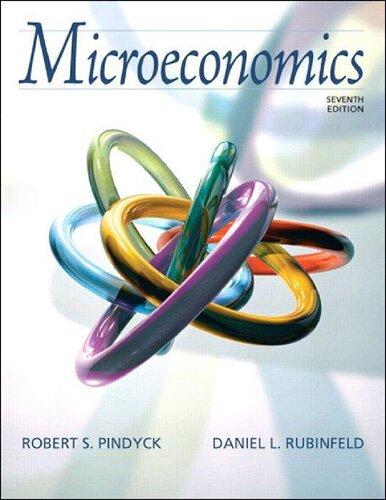1.4. In 1983, the Reagan administration introduced a new agricultural program called the Payment-in-Kind Program. To see...
Question:
1.4. In 1983, the Reagan administration introduced a new agricultural program called the Payment-in-Kind Program. To see how the program worked, let’s consider the wheat market:
a. Suppose the demand function is QD = 28 − 2P and the supply function is QS = 4 + 4P, where P is the price of wheat in dollars per bushel, and Q is the quantity in billions of bushels. Find the free-market equilibrium price and quantity.
b. Now suppose the government wants to lower the supply of wheat by 25 percent from the free-market equilibrium by paying farmers to withdraw land from production. However, the payment is made in wheat rather than in dollars—hence the name of the program. The wheat comes from vast government reserves accumulated from previous price support programs. The amount of wheat paid is equal to the amount that could have been harvested on the land withdrawn from production. Farmers are free to sell this wheat on the market. How much is now produced by farmers? How much is indirectly supplied to the market by the government? What is the new market price? How much do farmers gain? Do consumers gain or lose?
c. Had the government not given the wheat back to the farmers, it would have stored or destroyed it. Do taxpayers gain from the program?
What potential problems does the program create?
Step by Step Answer:







